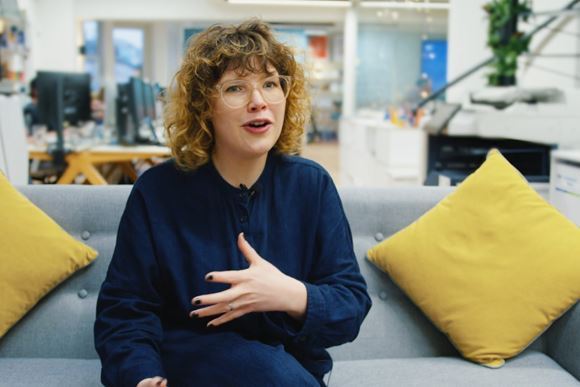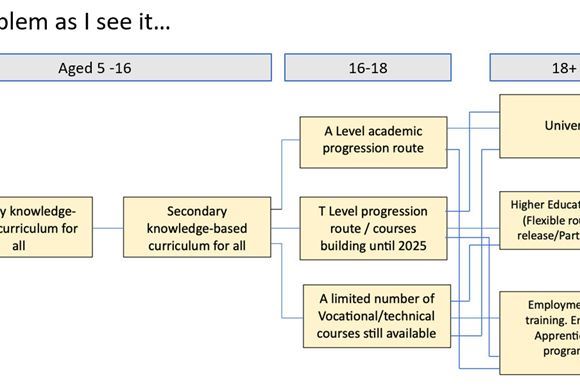D&T Association NHS PPE manufacture guidance
Published 8th April 2020
GENERAL ADVICE
There is a demand for a large quantity of visors to be used in conjunction with face masks to help protect medical staff from Covid19. This is not intended to be used in place of a surgical visor, but where the alternative would be no visor at all. The visor can take the form of a disposable item or with the right processing between uses can be reusable or could have a reusable section with a disposable screen. The visor will in most cases be used for a period of four hours at a time so some consideration should be given to the comfort of the device. The visor should be held slightly away from the face to accommodate a face mask and possibility of prescription glasses and to reduce fogging due to breathing on the item. If possible, the visor should provide protection between the top of the product and the forehead of the wearer. The size of the visor should be no smaller than A4, covering ear to ear and extending below the mouth. The shape must not splay out at the bottom and be rounded to prevent it digging into the body.
MANUFACTURE
There are two main ways we are recommending manufacture; 3D printing or Laser Cutting.
3D Printing. We are recommending the PRUSA file HERE
Laser Cutting. There are three files for different schools to choose:
- 3 Part ‘Kitronik’ version HERE
- 2 Part ‘Stamford High School’ version HERE
- Covered head ‘Marlborough College’ version HERE
MATERIALS
- All visor screens are to be made from PVC or PETg 400 - 1000 micron (500 microns is ideal) and ideally supplied on a roll to give natural curvature. Minimum A4 size. The visor made from PVC should NOT be cut using the laser cutter due to Health & Safety issues. Please use other methods such as a bandsaw, router or guillotine to cut this.
Laser-cut headbands should use PP 0.8mm – 1mm
The following companies had materials in stock at the time of writing:
- Aquarius Plastics, Surrey - 01483 576044 - PVC
- Plastic Sheet Shop, Leeds - 0122 39 76 701 - PVC
- The Plastic People, Leeds - 0113 249 2222 - PVC
- Par Group, Preston - 01257 248369 - PVC
- Just Buy Plastic, Bolton - 01204 841 111 - PVC
- Allplas, Letchworth - 01462 682663 - PVC
- Paperstory, Norfolk - 07446 266789 - PETg 500 micron
- Rayflex, Warrington - 01925 638753 - PVC
- RS Components, Corby - 0845 720 1201 - PVC
- Attwoolls, Gloucester - 01452 742211 - PVC: 50m rolls in stock £7.20 a metre
- Direct Plastics, Sheffield - 0114 2560889 - PVC 0.5mm thick coming in next week
- Simply Plastics, Colchester - 01206 638056 - PVC
- E KLEIN & Co, London - 020 79871171 - PVC
- Smile Plastics, Swansea - PVC
- Flight Plastics, Romsey - 01794 830525 - PETG
- Epsotech, Newbridge - 0131 333 3369 - Various
- Peerless Plastics & Coatings Ltd, Thetford - 01842 750333 - Various
- Eagle Plastics, Leicester - 0116 276 6363 - Various
- Stephen Webster Plastics, Hers - 01727 863138 - PETg
- Vacuum Formers, Macclesfield - 01625 428389 - PETg
- Macpac, Stockport - 0161 442 1642 - PETg
- RENOLIT Ltd, Northumberland - 01670 718222 - PVC
DISTRIBUTION
We are advising teachers who do not have an established route to front-line clinicians to sign up with 3D Crowd through this website https://www.3dcrowd.uk/. If you scroll to the bottom of the site to ‘3D Printing of face shields’ and sign up as a volunteer, teachers can join a local area network. On joining, a regional coordinator can see you and will be in contact to assist you in getting the shields from your school to the nearest place of need. The regional coordinator will arrange collection and through their agreement with NHS Trust, will guarantee sterilisation and distribution to those who need it. Please note: schools need to make sure you have a minimum of 40 pieces for collection. They can be flat-packed or assembled.
This route is applicable for any of our recommended face shields, 3D printed or laser-cut.
CLEAPSS GUIDANCE
Many schoolteachers and leaders stated that they wanted their school to get involved but did not see how they could comply with the CLEAPSS guidance issued last week. We have today worked closely with our friends at CLEAPSS, and as a result, a new set of guidance was released. We believe that this guidance will allow more schools to involve themselves in the movement to get PPE where it is so badly needed if you follow our advice and procedures stated here.
TECHNICAL SUPPORT
For further technical support, please refer to the 3D Crowd Slack channel here.
Thanks to all teachers during this time and for Prusa, Kitronik, Queen Elizabeth’s School Barnet, Marlborough College Malaysia and Stamford Endowed School Lincs for sharing technical knowledge, advice and their designs.



